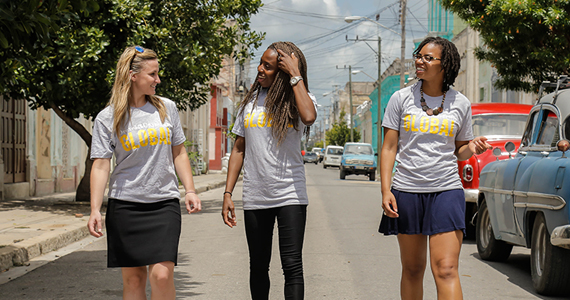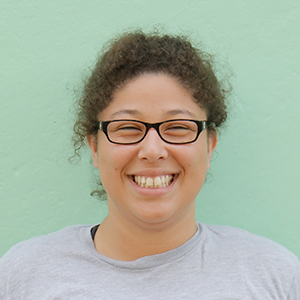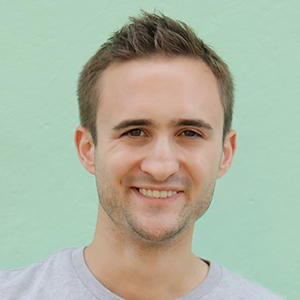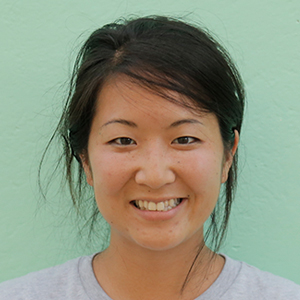Discovering the Cuban Way of Life and Health
For the first time, Dornsife public health and Drexel medical students visit our estranged island neighbor, to explore its rich culture and prevention-infused approach to health care
 Photos by Idris T. Robinson, MPH, Office of Global Health
Photos by Idris T. Robinson, MPH, Office of Global Health
November 2, 2016
Professor Shannon Marquez, associate vice provost and director of Global Public Health Initiatives, first visited Cuba in 2009 as part of an APHA delegation studying the health system. She’d become curious about Cuba after meeting physicians from the island who were treating malaria in rural Africa. “I was intrigued by the presence of Cuban doctors in needy places,” Marquez says. “They had been training physicians and sending them abroad to strengthen health systems around the world.”
Because many of her students are from underrepresented groups, Marquez thought Cuba would be a worthwhile experience for them. So in July, she made her seventh visit, leading a group of 10 global public health and medical students.
“When the government nationalized the economy and health care system, the affluent fled – because they wouldn’t be affluent anymore,” Marquez observed. “Those who were poor, illiterate and without access to health care… became better off. The change in government brought improvements in health care and literacy to them – through a system that provides everything for all.
“We don’t talk about it much, but once we blockaded them, they had no choice but to go to prevention: they didn’t have access to Western medicine.”
Meanwhile, the U.S. health system has begun moving toward wellness and prevention, because escalating health care costs are a crushing burden that threatens American economy.
 There is a large sense of community and camaraderie that exists in Cuba… that is often times absent in America. The country is beautiful, but the people are even more beautiful, welcoming, full of life and positive energy…
There is a large sense of community and camaraderie that exists in Cuba… that is often times absent in America. The country is beautiful, but the people are even more beautiful, welcoming, full of life and positive energy…
I was surprised at how positive and happy the people of Cuba are. They live in a socialist country, where their salaries are controlled by the government. They work hard, knowing that they won’t make much money, but they are still positive. There is a lot of dancing, charisma and strength of character. Often times, in the States, we might assume that living in a country such as Cuba means that it must be miserable, very poor and of low standards. However, the Cuban people are rich in culture, and value all human beings.
What could we learn from them? Happiness and love for one another, for all humans. While in Cuba, I did not hear or witness anger, violence, or vulgarity. As soon as we landed in the U.S., an airport passenger/flyer was cursing and yelling to the airline check in staff. Welcome back to America. In Cuba, there is stress, however it is managed with activities that keep people in a positive mood. Dancing and art are embraced and valued heavily in Cuba, whereas in the U.S., funding for these disciplines is being reduced/eliminated… It would take a revolution to adapt values like those in Cuba.
– Cinthya Alberto, MPH ‘17
Cuba is already there: The country’s prevention-focused system uses a family doctor model, assigning a physician, a registered nurse and a community health center to a specified catchment area, providing door-to-door services to patients with chronic illnesses, and coordinating care when people are hospitalized. “Prevention is not an afterthought,” says Marquez. “When there is a crisis, there is a holistic approach, including family and providers… something we cannot imagine in our fragmented system.”
President Obama’s historic visit to Cuba this spring set the stage for the two-week Dornsife SPH excursion to Cuba. There was a stop in Havana, where the high prices, bustle, and crush of tourists reflected the familiar but limited impression of Cuba from afar. The students also spent classroom time at the University of Cienfuegos, located in the provincial capital on the southern coast of the island, and traveled to farms and towns across many provinces.
They discovered a resilient culture, but not perfection as America generally defines it – shiny, new and state-of-the art. Cuba is beset by problems such as aging infrastructure and shortages linked to the economic impact of the decades-long blockade. Those vintage 1950s-era American cars look cool and nostalgic, but are painstakingly maintained because there are no new cars. “There is no high-speed communication, because there is no fiber optic line. Everything is old,” says Marquez.
 Cuba is a beautiful, energetic and often misunderstood country with a tangible sense of community that not only transcends public life, but is in large part responsible for its successes in healthcare and other endeavors… This experience through Drexel University not only changed the way I look at the world and my place in it, but restored my optimism in our collective ability to improve our society and ultimately change lives for the better.
Cuba is a beautiful, energetic and often misunderstood country with a tangible sense of community that not only transcends public life, but is in large part responsible for its successes in healthcare and other endeavors… This experience through Drexel University not only changed the way I look at the world and my place in it, but restored my optimism in our collective ability to improve our society and ultimately change lives for the better.
– Brian Lefchak, MD/MPH ‘17
The travel group also found spry, active senior citizens – salsa dancing and socializing at so-called “granny houses,” adult day care centers where mobile elders hang out with friends, get daily health checks and nutritional support. They visited museums and an art center that specializes in honing the artistic talents of students with Down Syndrome.
“Their culture is based on human connection… I’ll see you and interact with you,” says Idris Robinson, assistant director of Global Public Health Initiatives and a 2013 Dornsife MPH graduate. “It’s about being appreciative of what you have. I wouldn’t call it isolation – I’d call it a focus on values… that has sustained the culture over time.”
 The values of family and respect for persons were abundantly apparent in our experiences in Cuba. From the most abbreviated of encounters with local business owners who remembered our names and warmly greeted us in passing — to more extended interactions with Cuban youngsters who taught us Spanish, we experienced the significant role that these cultural values have in strengthening the social fabric of the country… On a larger scope, these values are foundational to the principles of health equity and wellness reflected by the national community-based health system.
The values of family and respect for persons were abundantly apparent in our experiences in Cuba. From the most abbreviated of encounters with local business owners who remembered our names and warmly greeted us in passing — to more extended interactions with Cuban youngsters who taught us Spanish, we experienced the significant role that these cultural values have in strengthening the social fabric of the country… On a larger scope, these values are foundational to the principles of health equity and wellness reflected by the national community-based health system.
I was most impressed by the resilience of the Cuban people. Despite facing seemingly insurmountable economic isolation, the country was able to develop a robust national health system, reform medical education to fully integrate a public health focus, and engage in global medical diplomacy with this prevention-based model. Many of our field experiences at urban farms, community-based polyclinics, elder adult communities and art collectives reflected the innovation that emerged from this resourcefulness.
We have much to learn from the Cuban approach toward health; most notably, that 1) the right to health can be ensured in a cost-effective manner if prevention and health promotion are prioritized, 2) the development of a robust system necessitates the complete integration of public health and clinical medicine in both academic and delivery spheres, and 3) the provision of equitable access to healthcare is a profitable investment when a society views its members as assets rather than liabilities.
– Robin Yano, MPH ‘17